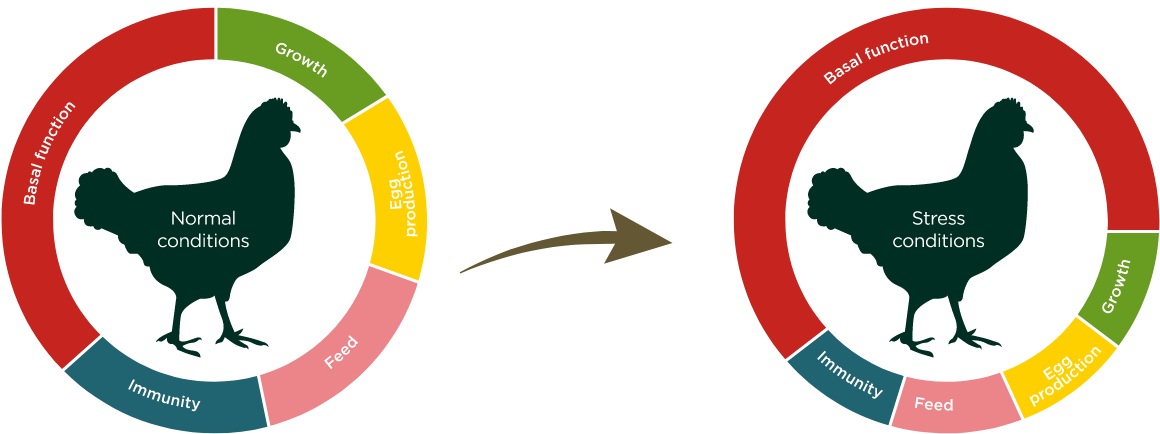Poultry farming
Poultry production is very diversified by its types of production (broilers, layers, turkeys, ducks, guinea fowls, etc.) and by the multiple production systems (standard, label, organic).
Each faces specific challenges to increase technical performance, reinforce the comfort of birds and limit the development of pathologies.
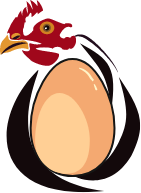
Laying hens
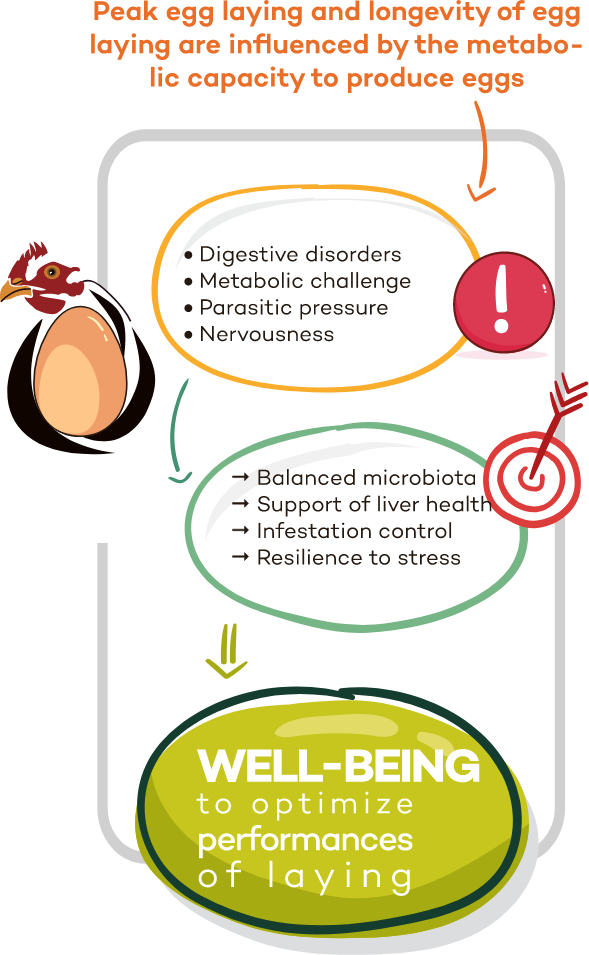

Broilers
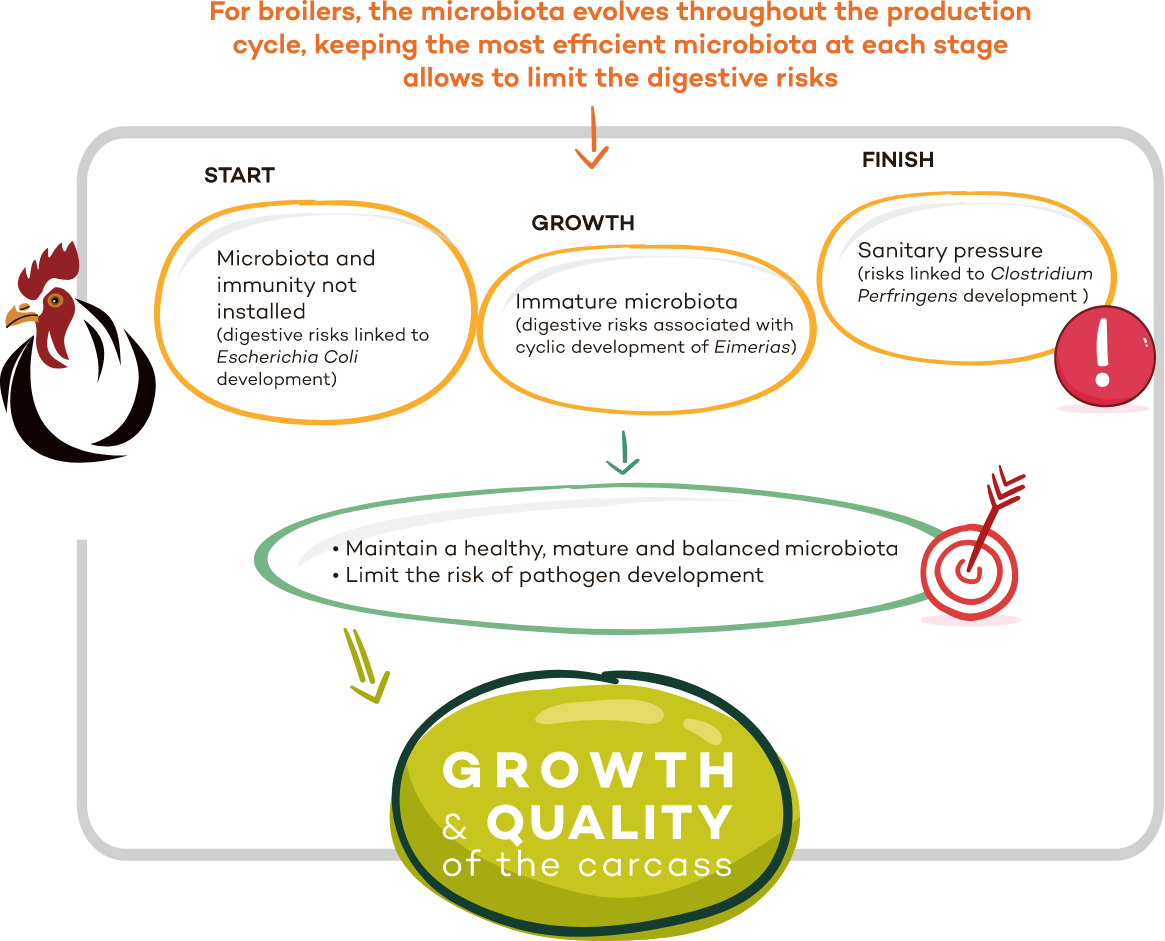
Challenges
in breeding

Digestive
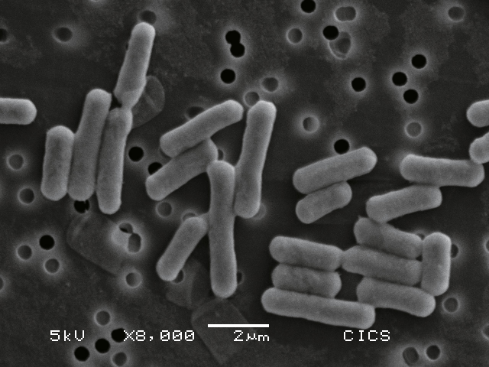
Clostridium perfringens, Phytosynthese 2007
Starter period, food transition, high density, etc. have a direct impact on digestive microbiota, and are conducive to the development of bacteria and parasites.
Predominant in poultry, E. Coli opportunistically takes advantage of a weakened microbiota or metabolic challenges to develop.
It is the main bacterial pathogen requiring the use of antibiotics in poultry farming mainly on broilers and turkeys.
Due to its high production of toxins, Clostridium Perfringens is the starting point of necrotic enteritis in broilers.
Many other pathogens, present commensally are developed following a stressful situation and contribute to microbiota imbalances.
Impact on the capacity of the intestine to valorize feed is immediate (reduction of intestinal villi, increased intestinal permeability, etc).
Often this imbalance is associated with diarrhea, wet litter and even increased mortality.
Antibiotic « growth factors » still widely used in the world participate to regulate and stabilize digestive microbiota.
➜ Alternatives are developed mainly in Europe following the banning of these molecules.
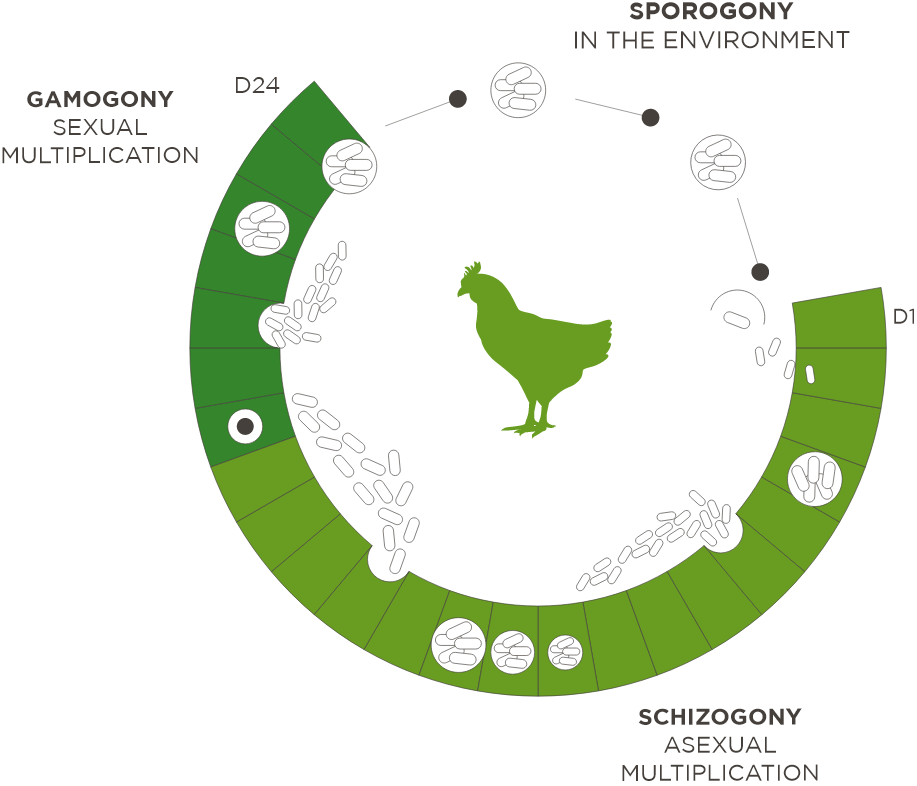
Frequently present in poultry production with significant repercussions in gallus, eimeria parasites (of which E. tenella, E. maxima, E. acervulina, the most pathogenic) create significant intestinal lesions by their multiplication in enterocytes.
They contribute to the destabilization of microbiota. Their control is essential and requires the use of chemical coccidiostats, ionophores or other alternatives (vaccines...).

Hepatic
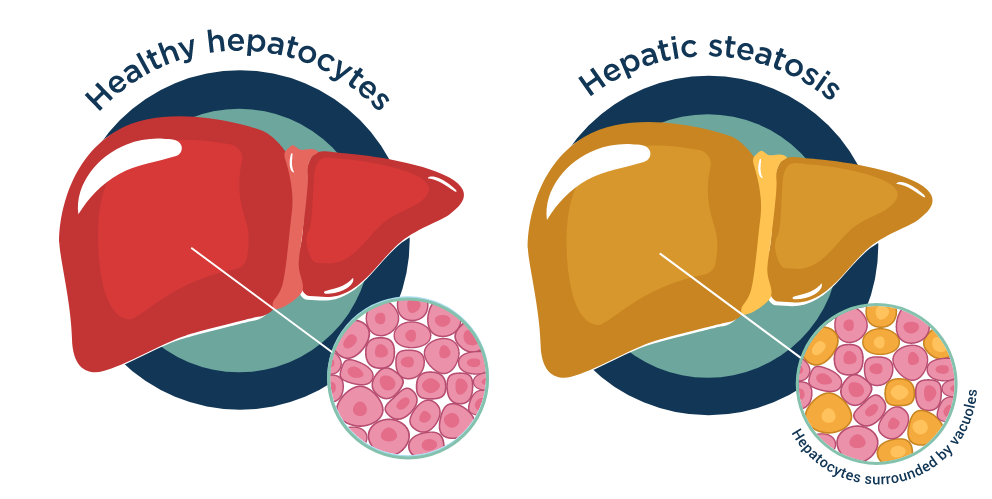
Hepatocytes surrounded by fat cells (Mohamed, et al. 2012)
➜ The protection of hepatocytes and the stimulation of biliary production is essential to reduce hepatic overload throughout the production cycle.
The liver is particularly solicited in laying hens for the export of nutrients into the egg.
Hepatic steatosis can occur from the peak of laying ➜ lipids accumulate in the liver to represent up to 70% of the organ’s dry mass.
Protection of liver function is essential to ensure egg production and longevity of animals.
Also, cereals and cakes are increasingly subject to the risks of mycotoxins ➜ after ingestion their effects are harmful to the liver, first organ to filter these toxins.
Moreover, antibiotics consumption during the laying cycle impact liver function.

Respiratoiry
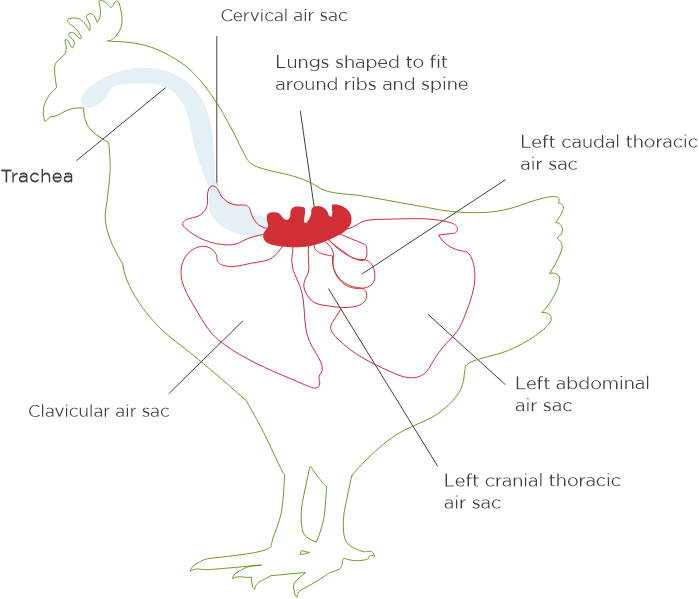
The respiratory system of poultry is sensitive to aggressions, as it is composed of air sacs with thin membranes that are accessible to pathogens.
Dust, poor ventilation, high density, bacterial and viral passages are the main cause of respiratory infection.
Also, poultry digestive and respiratory systems are very close
➜ the translocation of digestive bacteria of E. Coli type to the respiratory system is frequent.
➜ Prevention makes it possible to limit pathogen translocation. Simultaneously with an infection, clearing the airways relieves the animal for proper oxygenation.

Parasitic
Management of parasitism is an issue for the poultry sector.
Digestive worms (ascaris, heterakis, capillaries, tapeworm) develop in the digestive system of poultry.
➜ Free range poultry are more affected by the eggs of these parasites present in the soil.
Ectoparasites such as red mites affect the well-being of laying hens.
These blood sucking parasites bite the hen which causes nervousness, anemia and mortality in cases of high infestation.
➜ Laying performances are impacted.
➜ Regular monitoring of parasite pressure is essential in order to maintain a host/parasite balance that is not harmful to the animals.
As soon as they are detected, actions must be put in place to maintain low infestation and maintain production performance.
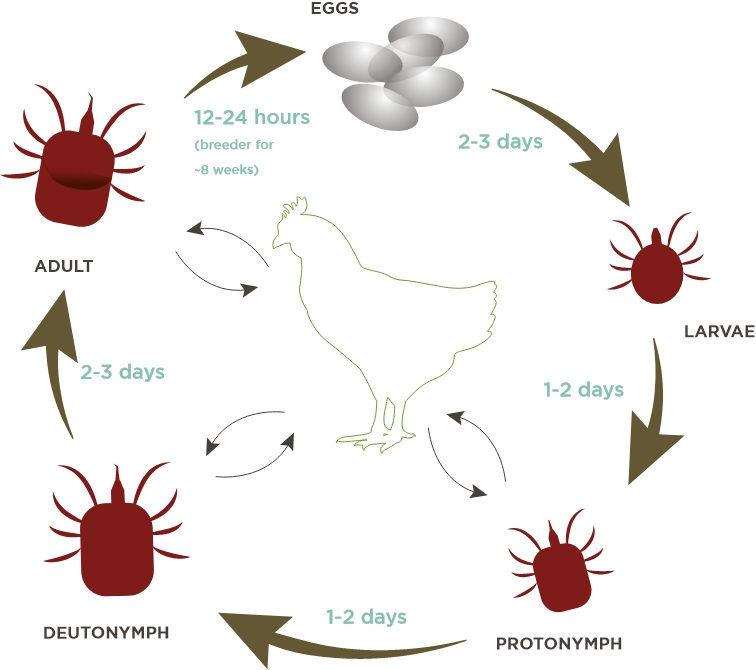
Le cycle de vie du pou rouge. Source : Sparagano O, et al. 2014.
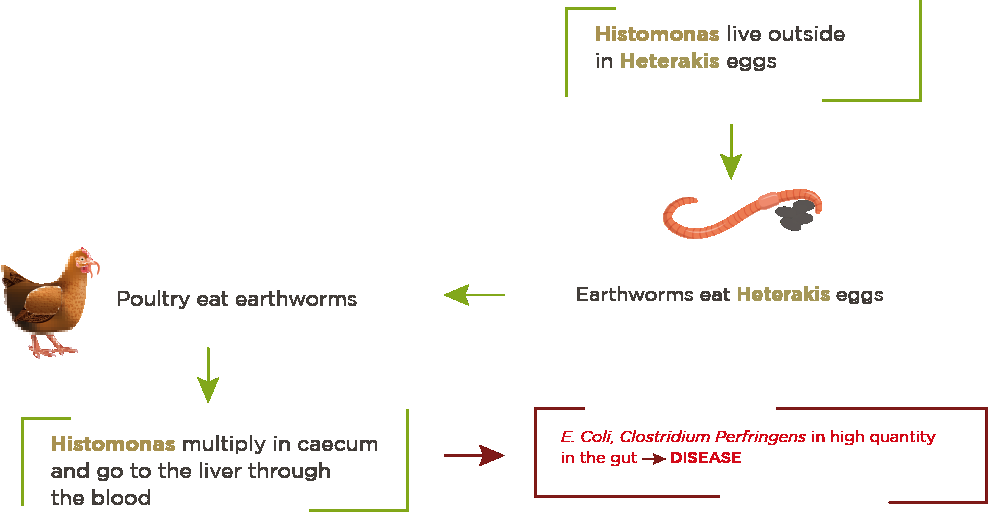
Flagellated protozoa are also parasites of poultry.
Histomonas meleagridis is particularly pathogen for turkeys, guineafowls or partridges and without therapeutic solutions.
It also affects other poultry, with the prevalence in laying hens increasing with the evolution of floor and free-range farming.

Behavior
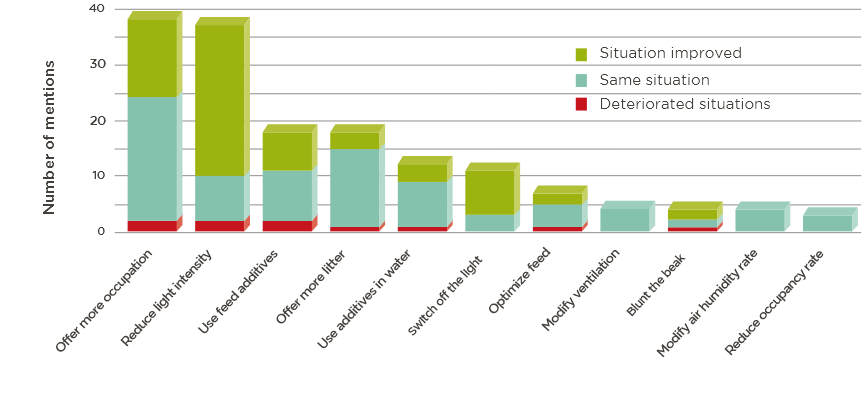
GalloSuisse survey carried out to measure the frequency of use and consequences of measures to reduce leg pecking in laying hens.
Transition, intervention, transport... These periods favor the agitation of the animals (nervousness, pecking); and directly impact performances.
The regulation of stress hormones calms the animals and reduces excessive behavior in the buildings.
➜ Thus, improving the well-being of the animals and the farmers working conditions.

Metabolism
Poultry are subject to many metabolic stresses (transport, laying peak, feed transition, heat stress, etc.).
These various stresses generate chronic inflammatory reactions which provoke circulation of pro-inflammatory and inflammatory molecules in the body.
Over time, the immune system is weakened and pathologies develop.
➜ During periods of challenge, supporting the body helps limit the impact of oxidative stress.
